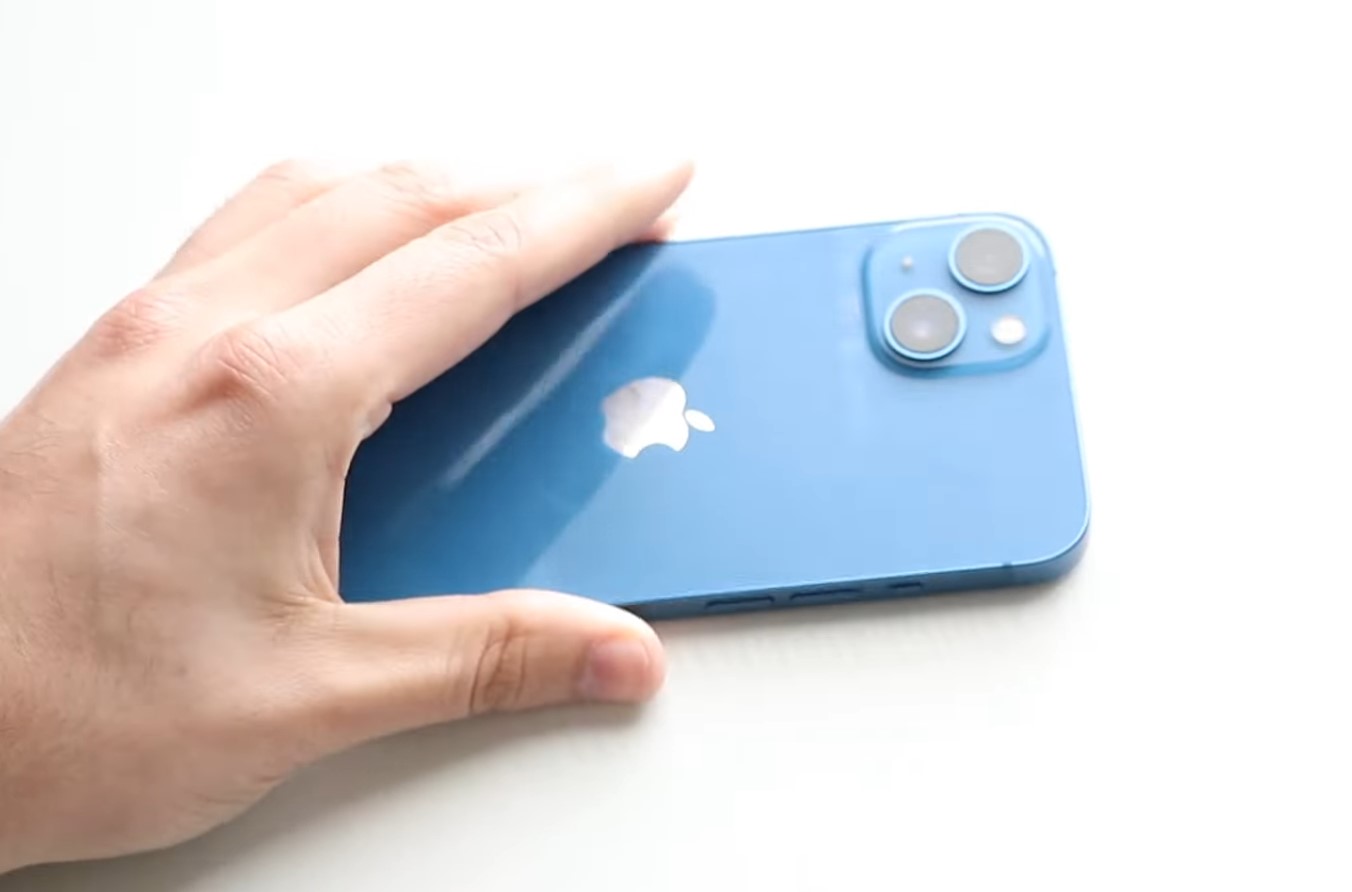In today’s digitally interconnected world, it is essential to safeguard our devices from unauthorized access. iPhones, being highly popular and widely used, can sometimes become targets for remote access by malicious individuals. The thought of someone remotely accessing your iPhone can be unsettling, but fortunately, there are ways to detect such activity and protect your privacy. In this comprehensive guide, we will explore common signs of remote access and provide you with practical steps on how to tell if someone is accessing your iPhone remotely and prevent unauthorized access to your iPhone.
Understanding Remote Access
Remote access refers to the ability of an individual to access and control a device, such as an iPhone, from a remote location. Unauthorized remote access can pose a significant threat to your privacy and security, allowing attackers to view, manipulate, or steal your data. By familiarizing yourself with the signs of remote access and taking proactive measures, you can protect your iPhone from these potential threats.
Common Signs of Accessing Your iPhone Remotely
Awareness of the common signs of remote access can help you quickly identify if your iPhone has been compromised. While these signs are not definitive proof of remote access, they should raise red flags and prompt further investigation. Keep an eye out for the following indicators:
- Unexplained Battery Drain: If your iPhone’s battery drains faster than usual, it could indicate that unauthorized applications or processes are running in the background.
- Slow Performance: Noticeable lags, freezes, or sluggishness on your iPhone might suggest that someone is remotely accessing and utilizing system resources.
- Unexpected Data Usage: A sudden spike in data consumption, even when you haven’t been actively using data-intensive apps or services, could indicate unauthorized access.
Checking for Unusual Activity on Your iPhone
If you want to detect potential remote access on your iPhone, it’s crucial to stay vigilant and observe any unusual activity. Here are some steps you can take to check for signs of unauthorized access:
- Review Recent Calls and Messages: Check for outgoing or incoming calls and messages you don’t recognize or remember initiating.
- Monitor App Permissions: Go through the list of apps installed on your iPhone and review the permissions they have been granted. Look out for apps with unnecessary or suspicious access to your data.
- Examine Recently Installed Apps: Keep an eye on any new apps installed on your iPhone without your knowledge or consent.
Monitoring Battery Usage and Performance
Monitoring your iPhone’s battery usage and performance can provide valuable insights into potential remote access. Here’s what you can do to keep track of your device’s behavior:
- Check Battery Usage: Go to Settings > Battery and review the apps consuming the most battery power. If you notice unfamiliar apps using excessive battery, it could indicate unauthorized access.
- Observe System Performance: Pay attention to sudden slowdowns, crashes, or unresponsive behavior. These issues could be a result of remote access attempts.
- Utilize Performance Monitoring Apps: Consider using third-party performance monitoring apps to gain more detailed information about your iPhone’s performance and resource utilization.
Detecting Suspicious Network Activity
Remote access often involves the use of network connections. By monitoring your iPhone’s network activity, you can detect any suspicious behavior that might indicate unauthorized access. Follow these steps:
- Check Active Connections: Go to Settings > Wi-Fi or Settings > Cellular and review the active connections. Look for unfamiliar devices or connections that you don’t recognize.
- Monitor Data Transfers: Keep an eye on data transfers on your iPhone, especially when you’re not actively using data-intensive apps or services.
Examining Unfamiliar Apps and Settings
To identify potential remote access, examining the apps and settings on your iPhone is essential. Here’s what you should do:
- Review Installed Apps: Regularly review the apps installed on your iPhone. Delete any unfamiliar or suspicious apps that you don’t remember installing.
- Scrutinize System Settings: Check for any changes in your iPhone’s settings, such as modified security settings or enabling unknown sources for app installation.
Protecting Your iPhone from Remote Access
Taking proactive measures to protect your iPhone from remote access is crucial. Here are some essential steps you should take:
- Keep Your iPhone Updated: Regularly update your iPhone’s operating system to ensure you have the latest security patches and fixes.
- Use Strong Passwords and Biometrics: Set up a strong alphanumeric passcode or use biometric authentication features like Face ID or Touch ID to secure your device.
Additional Security Measures to Consider
In addition to the basic protective measures, consider implementing the following security measures to enhance your iPhone’s security further:
- Enable Two-Factor Authentication (2FA): Activate 2FA for your Apple ID and other critical accounts associated with your iPhone to add an extra layer of security.
- Utilize Find My iPhone: Enable the Find My iPhone feature to track your device, remotely wipe its data if necessary, or initiate a lost mode.
Steps to Take If You Suspect Remote Access
If you suspect that someone is accessing your iPhone remotely, take immediate action by following these steps:
- Change Your Passwords: Change your Apple ID password and passwords for all other accounts associated with your iPhone.
- Contact Apple Support: Reach out to Apple Support for assistance in investigating and resolving the suspected remote access issue.
FAQs
Conclusion
By being aware of the common signs of remote access and actively monitoring your iPhone’s activities, you can detect and prevent unauthorized access. Implementing security measures, such as keeping your iPhone updated, using strong passwords, and enabling two-factor authentication, will further strengthen your device’s defenses. Remember to stay vigilant, regularly review your device’s settings and installed apps, and take immediate action if you suspect any remote access attempts. Safeguarding your iPhone ensures your privacy and protects sensitive information from falling into the wrong hands.

